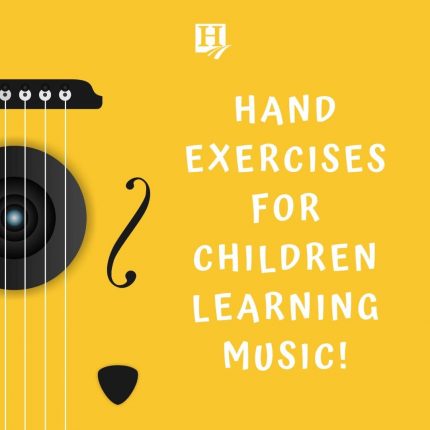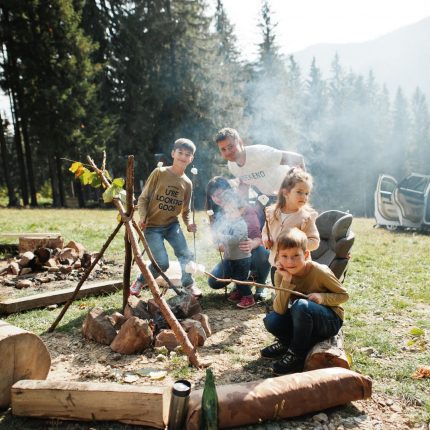
Hand Exercises for Children Learning Music
February 20, 2020Guest post contributed by Jennifer Hughes
Hand exercises help children develop coordination, strength, and dexterity in the hand muscles to be able to play the piano well. Learning to play the piano and other instruments is like learning how to write. In involves fine motor dexterity, shoulder, and postural stability when sitting, visual-motor coordination and of course, hand strength. Improving the strength in children’s hands and fingers can help them improve fine motor functions such as handwriting and in this case, playing the piano.
There are many hand exercises that children can do to make their hands and fingers stronger and take on the challenges of piano playing. Here are some fantastic ideas!
Playing with putty or modeling clay
Having children play with putty or modeling clay helps in strengthening their hand and finger muscles. The motions of kneading, pulling and squeezing clay into various shapes are greatly beneficial to children not only in developing strength but also in sparking creativity. To make playtime more interesting, you can hide small items like coins or colorful pebbles in the clay for the child to find and hide again. Now it’s your turn! (Yep, adults need hand exercises too!)
Finger firmness exercises
Hand and finger exercises can also help children play in a more relaxed manner while maintaining the firm fingertips needed for piano playing. When playing piano, it’s important to keep the tip of the finger-pointing down and not bent outwards. This allows players to have better control and it also promotes a more natural positioning of the hands and fingers.
One effective strengthening exercise for finger firmness is making an ‘O’ with the fingers. Start with pressing the thumb and index finger together and form a circle on one hand first, then both. Challenge the child to make the shape as round as possible – this will make them press the tips of their fingers and feel how they should be pressing down on the piano keys. Next, do the same with the thumb and other fingers, one after the other.
Later on, you can have the child make O’s while moving their wrists vertically (up and down), horizontally (left and right) and in a rotating movement (clockwise and counterclockwise). This will help in loosening and warming up those muscles for piano playing.
Another fun exercise for developing finger strength is pretending that the cover of the piano or a table is a large cliff and you are hanging off its edge, with only your fingers keeping you from falling. If the fingers are pointing across the table or piano, it’s harder to maintain a good hold on the edge. However, if your fingertips are pointing down, you have a better grip and it’s easier to pull yourself back up. Try this out yourself!
Walking across the keys
An important exercise for developing finger dexterity is having children walk their fingers across the piano keys. This can be done using the thumb and index finger at first, then the index and middle finger, and so on. Try it using one hand at first then the other, and then both as the child becomes more comfortable with the movements. Challenge the child to try different ways of finger-walking across the keys, such as going slow like they’re tiptoeing, or moving fast like they need to catch the bus, pretending to be a giant with heavy footsteps, or jumping up and landing two keys away. Incorporate a story and let the child play!
As you can see, these exercises are fun and don’t really feel like exercises – they’re more like play! This is important for children whether they’re learning to play piano, write their first words and whatever requires fine motor skills. Try these out and tell us how your child likes them!
Jennifer Hughes blogs at KnowYourInstrument.com!
Other Resources for Music Education
The Big Bad Musical and Others
I hate Music – Here’s What Your Child is Trying to Say!
Latest Posts

As homeschooling continues to grow in popularity, more parents are taking on the challenge of providing a comprehensive education that not only meets academic standards but also prepares their…
Read more >
June has come and gone, and summer is in full swing! Whether you're traveling this summer or staying close to home, we hope you're enjoying this time with your family. We wanted this month's…
Read more >
Summer is an all-around favorite season for most people. In the U.S., it’s even more exciting for many of us since we get to celebrate Independence Day! The Fourth of July is a wonderful…
Read more >

